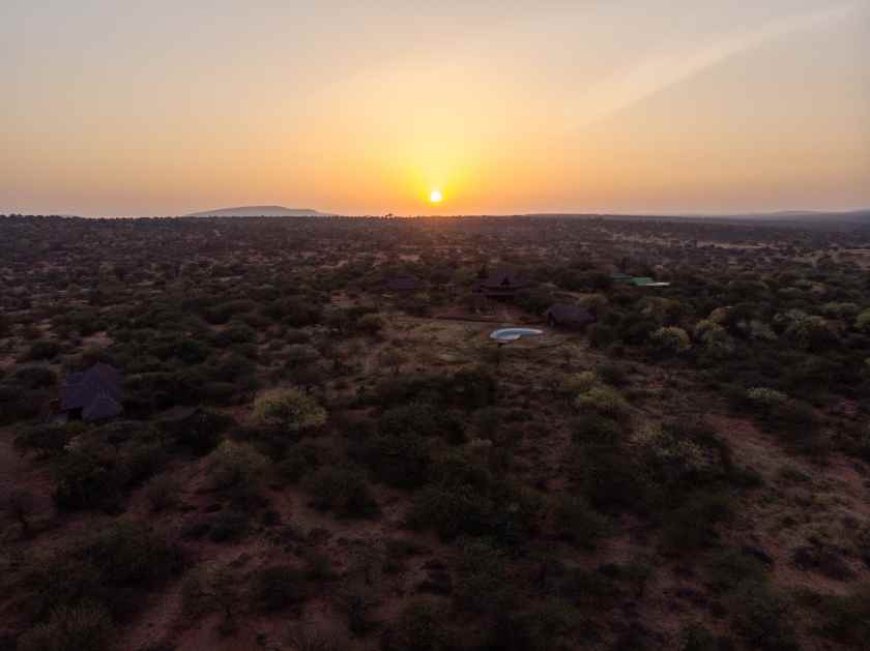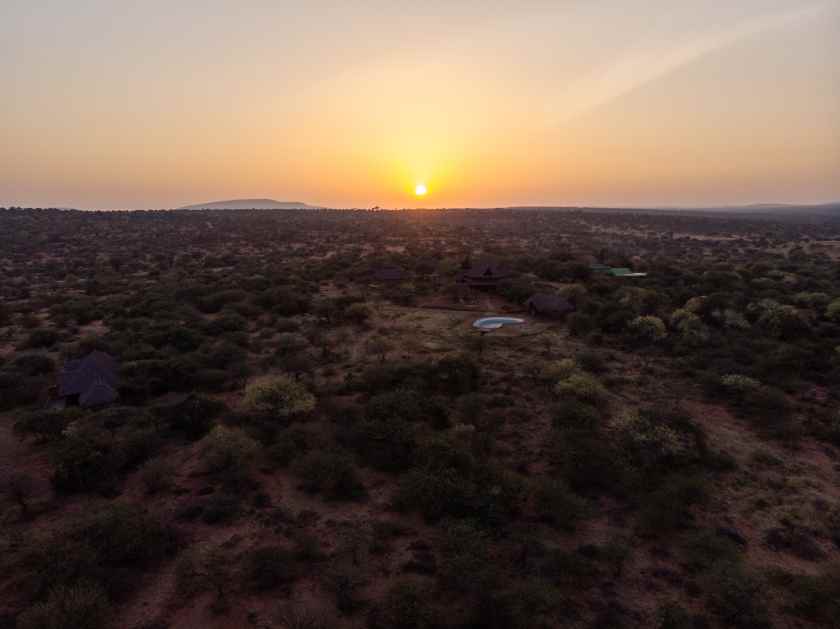Now, South Africa’s Tatasberg Camp Reopens, Restoring Access to Remote Desert Tourism in the Richtersveld Region


Tatasberg Wilderness Camp, part of the Richtersveld Transfrontier Park, welcomed back guests on August 1, 2025, after a temporary closure caused by flooding. Visitors with 4×4 vehicles can access the camp now that infrastructure checks and repairs have been completed. The camp is managed by South African National Parks (SANParks).
The Richtersveld Transfrontier Park is a cross-border conservation area shared by South Africa and Namibia. It is a unique semi-arid region along the banks of the Orange River and one of the few officially recognized transboundary desert parks in southern Africa. The reopening of Tatasberg accommodation facilitates cross-border tourism, subject to existing border policies.
Camp Overview
Tatasberg Wilderness Camp includes four self-catering chalets, each made of stone and timber, which blend beautifully with the surrounding desert. The chalets are located along the Orange River, and guests can enjoy the views of the river corridor and desert escarpments.
As per SANParks
Every chalet comes with: a bedroom containing an en-suite bathroom, a kitchenette with gas appliances, and a gas appliance fueled private patio.
Gas geysers heat water.
Solar-powered lights are used where possible to limit the carbon footprint.
Each kitchenette gas cooking appliances and refrigeration is available independent of the main electricity grid.
Guests are expected to be fully self-catered equipped, as the chalet is fully self-catering.
Additional information, as well as the procedures and details for booking can be found on the SANParks Richtersveld Park accommodation page.
Access Route and Vehicle Requirements
Travelers going to Tatasberg will no longer be able to use the De Hoop–Richtersberg road as it is still closed due to flood damage. As an alternative, the Maerpoort Pass route will need to be used to reach the camp.
This route has the following restrictions.
High Clearance 4x4s are the only vehicles permitted.
The route is a mix of old road as well as a stream bed with old dirt roads, steep rocks, and bumpy roads.
The camp does not offer any mechanic business, gas stations or support of any kind.
Although signage for the road is available, it is sparse. Visitors are recommended to use a map or GPS for easier navigation.
Traveling to the area is highly advised to use updated information regarding restrictions and accessibility provided by SANParks. Restrictions are updated regularly. Facilities and road access information can be found at the Sendelingsdrift reception office in the park.
Attractions and Traveling Across Borders
The Richtersveld Transfrontier Park is part of the broader tourism corridor kēgaladi- Nama Karoo. It contains enkata and geologik features of interest that can be woven into multi-day tours.
Some of the key sites that can be reached from, or are adjacent to, Tatasberg are:
- Orange River (Corridor): Canoe or vehicle accessible; serves as the border of the nation
- Fish River Canyon (Namibia): Accessed from the Namibian side; it is one of Africa’s deepest canyons
- Ai-Ais Hot Springs (Namibia): Geothermal springs facility located in the park’s Namibian side
- Richtersveld Cultural Landscape: UNESCO World Heritage listed for the Nama pastoralist cultural significance
Tourists wishing to use the park to travel across the border from South Africa to Namibia have to comply with all passport and customs and visa requirements. Sentelingsdrift post is seasonal and has a crossing with a pontoon ferry that is dependent on water levels in the Orange River.
Additional information on travel and border access is provided by:
South African Department of Forestry, Fisheries and the Environment (DFFE)
Namibian Ministry of Environment, Forestry, and Tourism
South African Department of Tourism
Guidelines for Tour Operators and Visitors
Provided Itineraries and Guided Tours Operators are urged to:
Confirm 4×4 vehicle bookings are fitted with recovery gear, and fully equipped for off road driving
Advise self-sufficiency with water, food, fuel, and medical supplies
Confirm border control checks are maintained if Namibia is part of the itinerary
Prepare for areas with poor mobile reception
Typical tourism operations in the area have a small number of travelers and focus on self-propelled, nature-based travel. The infrastructure model is designed for low occupancy to minimize ecological impact.
Because Tatasberg has a maximum capacity of four chalets, it is advisable to book well in advance, particularly during regional school holidays and the southern hemisphere spring (September-November).
Park Management and Conservation Context
SANParks has conducted seasonal river flooding infrastructure assessments and debris clearing, and Tatasberg and the area surrounding the camps are built to have minimal impact on the environment. In accordance with the Protected Areas Act, specific environmental regulations are followed during construction and infrastructure development.
Key management considerations within the park include the:
Preservation of the succulent Karoo biome and endemic desert species.
Development and management of low-impact visitor facilities.
Transfrontier cross-border ecological supervision.
The seasonal changes of the Orange River floodplain pose difficulties for fixed infrastructure. Therefore, roads and lodges are built with retrievable and maintainable materials.
Closing Summary
The Richtersveld Transfrontier Park’s reopening of Tatasberg Wilderness Camp has restored visitor access to the Tatasberg Wilderness Camp. This is an important gateway in South Africa’s desert tourism infrastructure. The accommodation and the terrain unlocked are available to self-drive and guided-tour travelers which re-establishes access to one of the country’s most ecologically diverse regions.
Access to the park is still limited by the type of vehicle, the condition of the infrastructure, and cross-border access criteria. These are all available through SANParks, DFFE, and The South African Department of Tourism.
The post Now, South Africa’s Tatasberg Camp Reopens, Restoring Access to Remote Desert Tourism in the Richtersveld Region appeared first on Travel And Tour World.






